Hearing loss doesn’t just affect older people, millions of young people are at risk of damaged hearing from listening to loud music.
21 August 2019
| Last updated on 22 August 2019
All Credits: PA
While hearing loss is more common in older people, plenty of younger people have hearing problems too.
The charity Action on Hearing Loss believes as many as four million young people are at risk of hearing damage from loud music, for example – which can include tinnitus as well as hearing loss – and is urging them to better protect their ears from prolonged exposure to it.
Hearing protection expert Stephen Wheatley, CEO of HearAngel/LimitEar, which develops technologies to protect hearing while using headphones, explains that humans have about 15,000 auditory hair cells in each ear at birth, and regular, repeated exposure to large sound doses can cause irreparable damage to them.
“This damage can take a long time to show up and, obviously, the older one gets, the more sound you’re likely to be exposed to,” says Wheatley. “You don’t get any more of the hair cells and when they’re gone, they’re gone – and so is your hearing.
“We tend to think of hearing loss as something that affects older people – and often this is the case. However, shockingly, according to the World Health Organisation, not only are 466 million people currently living with disabling hearing loss, but more than a billion young people aged between 12-35 years are at risk of hearing loss due to recreational exposure to loud sounds,” he adds.
SEE ALSO: Hearing Loss in Dubai: Causes, Prevention, Treatment, and Health insurance
Want to know how you and your loved ones can protect your ears? Here are Wheatley’s simple tips to lower your sound exposure and protect your hearing at any age…
1. Generally avoid noise

4. Vary what you listen to
You may love a blast of Metallica to wake you up on your morning commute, but your ears won’t thank you if you continue to listen to such high-energy music all day. Consider your personal sound dose and, as well as spending plenty of time resting your ears without headphones, consider listening to something a little more gentle too. Try a ballad, or perhaps a podcast – variety is good.
5. Don’t listen in noisy environments
When you’re sitting on the train, tube or bus, it’s tempting to plug in your headphones and switch off from the world. However, you’ll probably find yourself nudging up the volume to block out the extraneous noise so you can hear clearly – we tend to listen at 6-10dB above the level of the background noise. So, if you’re on an underground train that can reach levels as high as 90-100dB, and attempting to get the volume above that, you’re on dangerous ground, hearing-wise.

The best thing you can do when background noise is high is use earplugs or, if you want to listen to something, wear over-ear (preferably noise-cancelling) headphones that block out most of the noise, letting you listen comfortably at lower, less harmful levels.
6. Use noise-cancelling headphones

If you use noise-cancelling headphones, you’ll find that in noisy environments you’ll listen at a lower volume, so you’ll be able to use your headphones three or four times longer, and you’ll be doing your long-term hearing a favour.
Earpiece-type noise-cancelling headphones will reduce ambient noise by a factor of 10, over-ear ones by 20 (their physical shape makes a more effective barrier than in-ear headphones). They work by cancelling out the noise you’re being exposed to, and they make it quieter even if you’re not actually listening to anything. You’ll still have to listen at 6-10dB above the noise ‘floor’ (residual level), but as that will be much lower, the total listening level will be correspondingly lower.
For more information about HearAngel, visit hearangel.com.




.png?itok=HBSyMDok)







































































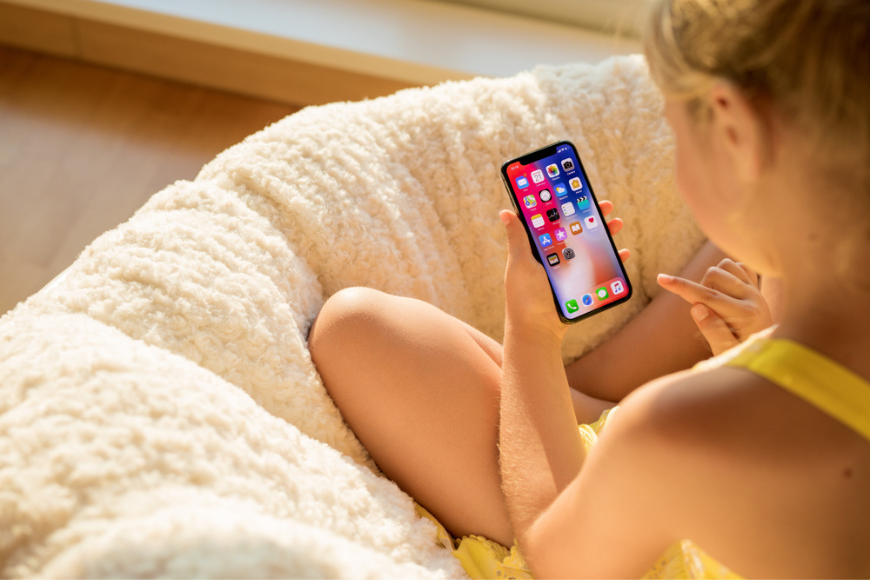
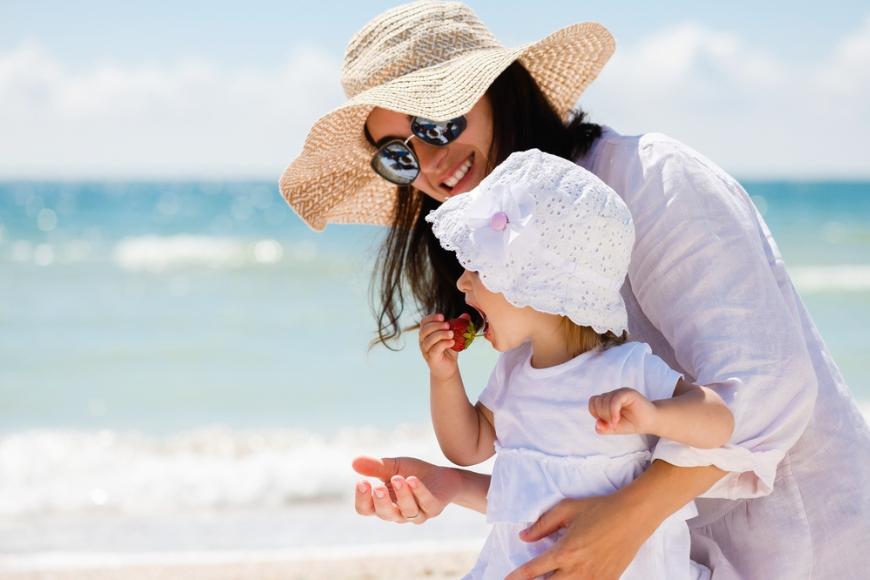
.png)
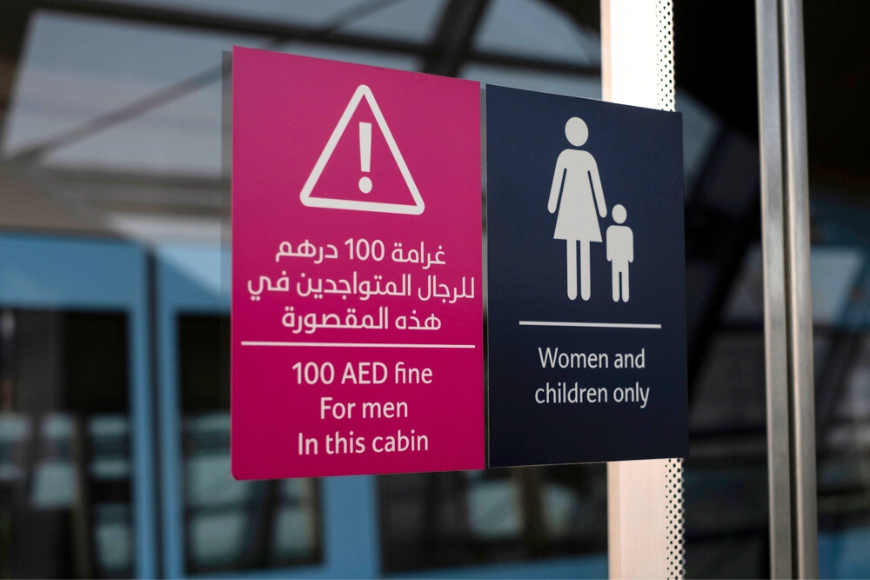

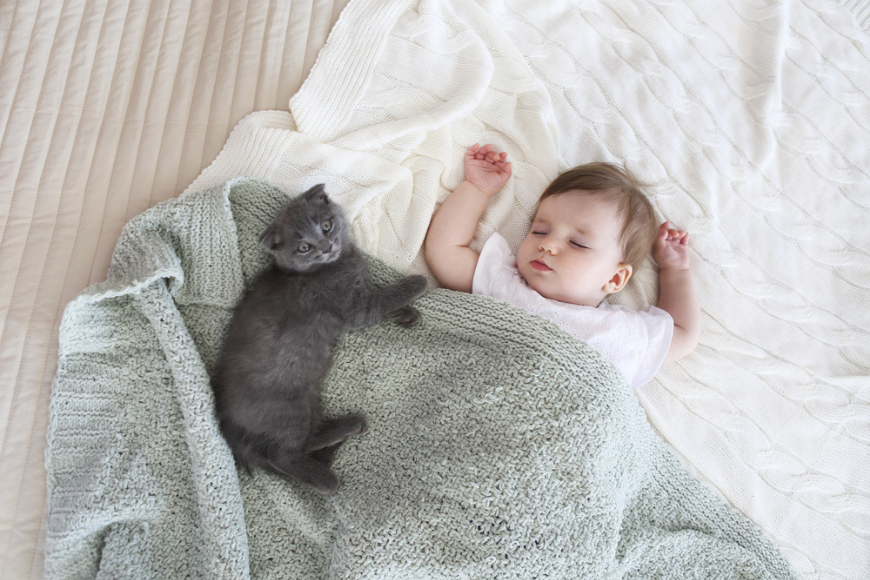



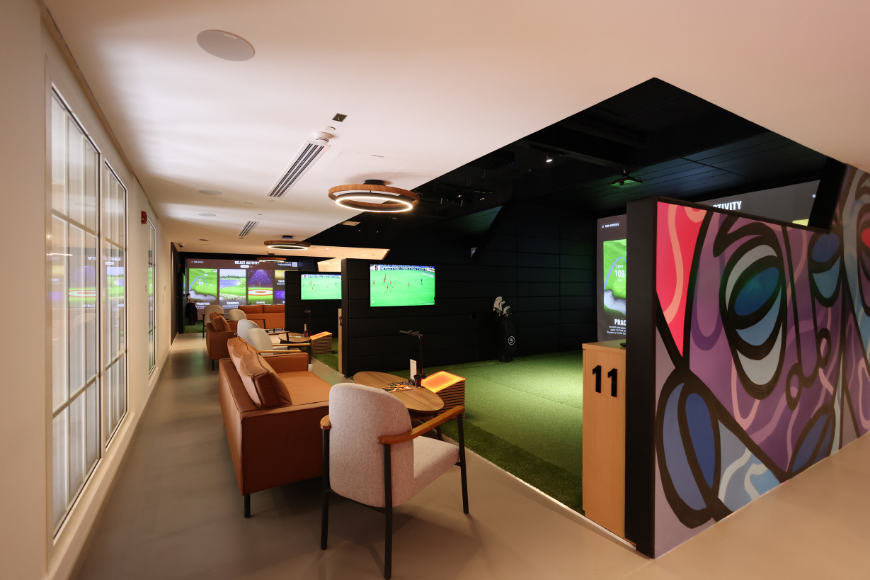



















.png?itok=0fOAXkOm)

























.png?itok=EH_x0Pha)
